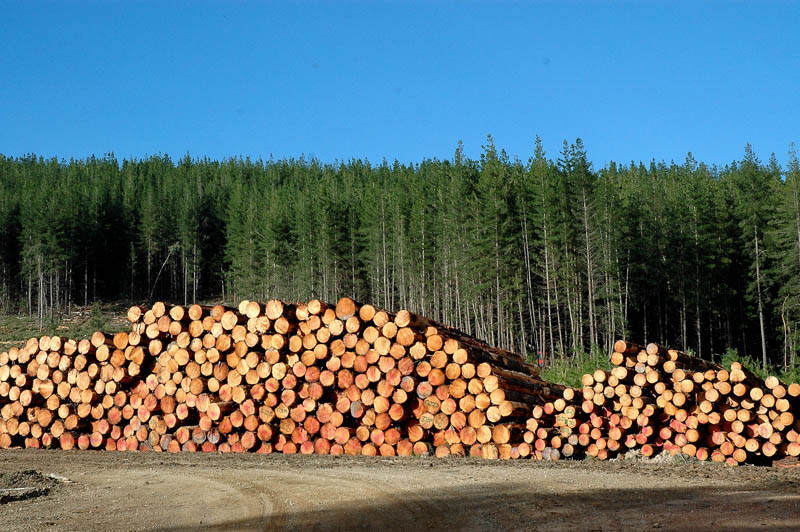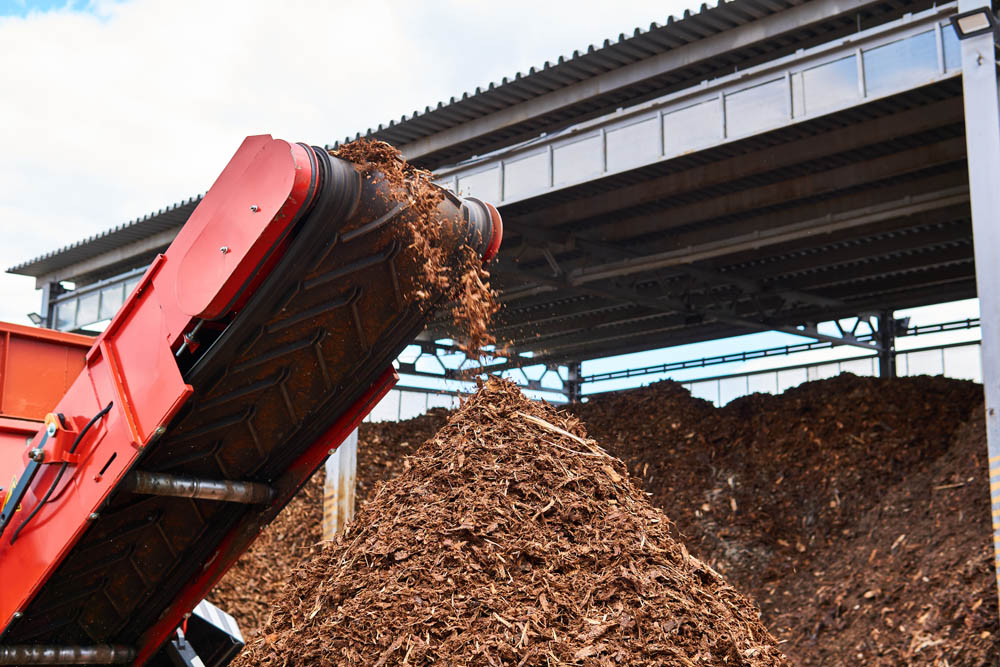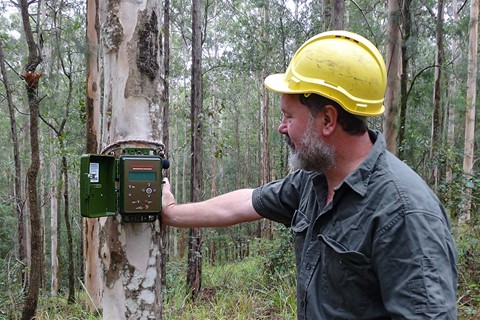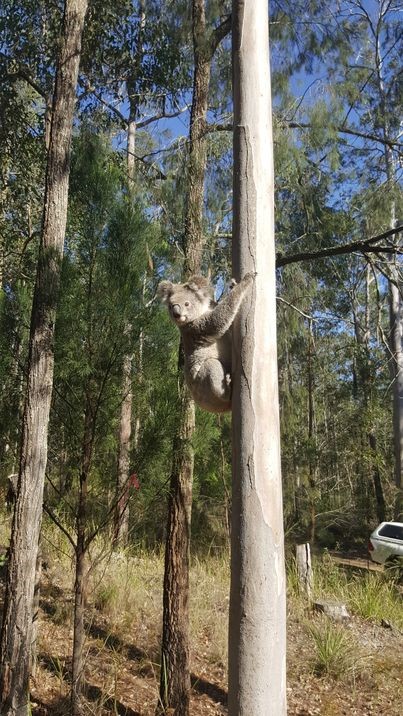- GVP $432 million est. Up 9% year-on-year.
- Softwood production in 2021-22 was lower as the salvage harvesting program wound down.
- Estimates of industry value added in 2021-22 increased 9% year on year to $3.3 billion for NSW.


Production
Softwood log production in NSW was down 32% to 3.9 million cubic metres, hardwood plantation production was also 31% down to 206,000 cubic metres, while hardwood native log production increased 56% to 622,000 cubic metres. Hardwood native production remained below 2019-20 levels and significantly below the decade average.
The value of logs harvested was $396 million, down 13% on 2020-21. Softwood output fell 21%, with higher prices offsetting lower production. Total hardwood output increased 17%, mostly through hardwood native logs.
NSW had the second highest value of log production after Victoria ($616 million), with Tasmania ($380 million) and Western Australia ($348 million) the third and fourth highest value producers, respectively.
NSW is a key softwood producer, with the second highest value of softwood production. Total area harvested by Forestry Corporation was down 36% for softwood plantations, down to 12,640 hectares. 83 The area of clearfelled plantations was down 56% to 7,135 hectares, while the area that was thinned increased 60% to 5,504 hectares.
Price
In NSW, the implied value of timber from hardwood native forests was $138/m3 in 2021-22, the lowest level since 2017-18. However, the unit price of timber from NSW hardwood plantations reached a decade high of $118/m3. Softwood timber was higher in 2021-22, up to $72.5/m3, slightly above the 5-year average.
There was also mixed performance in Australia’s export prices for forestry products. Sawnwood prices rose in 2021-22, before falling 36% in 2022-23. Export prices for sawnwood peaked in the September 2021 quarter with COVID-related supply chain disruptions and strong international demand.
Woodchip export prices rose steadily over this period. Additional investment in pulp mills in China underpinned strong demand in 2022 and 2023.
World sawlog prices fell over 2022, after the World Sawlog Price Index reached a record level in the June quarter 2022. This was partly due to Russia’s invasion of Ukraine and subsequent sanctions imposed on Russia. 96
Australian Forestry Export Prices 35
- Woodchips ($/tonne)
- Wood in the rough ($/m3)
- Sawnwood ($/m3)
Trade and Macroeconomic Conditions
Midway reported that pulp and paper stocks at Chinese ports increased to 2 million tonnes, well above normal levels, due to the slowdown in global trading. 91 In turn, world pulp prices had fallen significantly and some export shipments from Australia to China were delayed.
Over the 2022 calendar year UN Comtrade data showed China was the largest importer of woodchips, with Japan the second largest importer. Australia is the second-largest exporter to these countries, after Vietnam. 125 Australia is a key supplier of woodchips to these markets for biomass or processing into paper products.
With state data on woodchip exports unavailable in 2022-23, wood in the rough was the largest contributor to forestry exports, at $24.8 million. Sawnwood exports were $8.9 million. Due to China’s ban on Australian timber, India was the largest market for NSW forestry products with a value of $14 million. South Korea was the second-largest export destination at $6.1 million, down significantly on 2021-22.

Employment and Value Added
Estimates of industry value added in 2021-22 increased 9% year on year to $3.3 billion for NSW. 93 Industry value added for Australia increased 21% to $9.7 billion, with significant gains for log sawmilling and timber dressing (up 43% to $1.6 billion) and other wood product manufacturing (up 20% to $4.1 billion).
Stronger Primary Industries Strategy
Impact of forestry and other disturbances on koalas
Strategic Outcome

- 6.1 Assess and monitor natural resource health for sustainability

A key finding of the research so far is that despite severe drought across the region and the Black Summer fires in 2019/20, koala occupancy remained high and stable at the regional scale. That is, north-east NSW remains a koala stronghold with healthy population numbers despite these impacts. GPS-tracking showed koalas regularly using young regenerating forest after timber harvest, as well as older forest in State forest reserves excluded from harvesting. Based on the data collected, selective timber harvesting, land tenure and low severity fire had no influence on koala presence or population trend across the study region.
The aim of the research is to support long term ecologically sustainable management of native forests and assessment of the effectiveness of our regulatory arrangements. These results suggest the native timber harvesting rules in NSW are working well to protect koalas and their habitat.
Along the way, DPI Forest Science has collected a vast archive of acoustic recordings made in the forest and there is strong interest from a range of research partners in the development of AI algorithms to detect other iconic forest species such as the powerful owl, sooty owl, barking owl, and yellow-bellied glider.
Working in partnership with Local Land Services and private landholders, this research is now being extended to private land in some areas.



